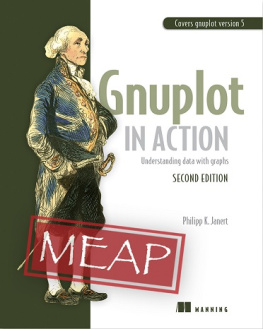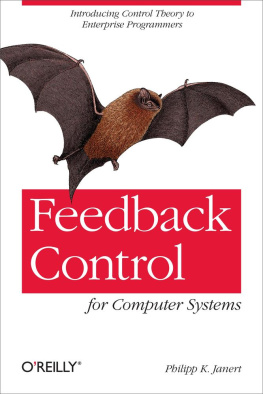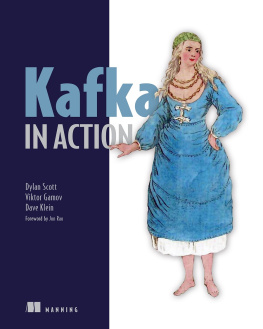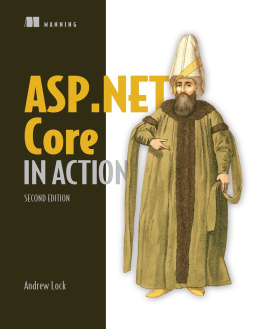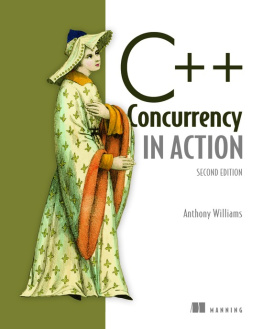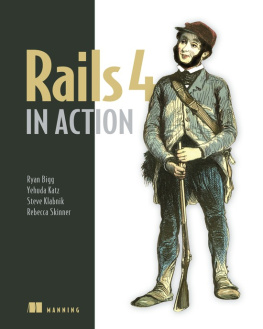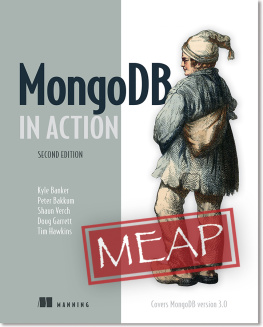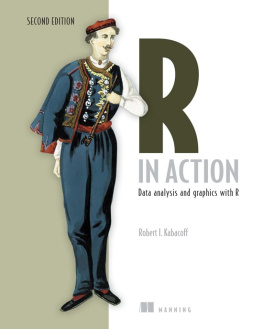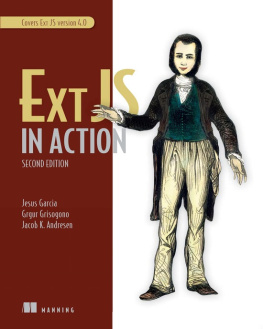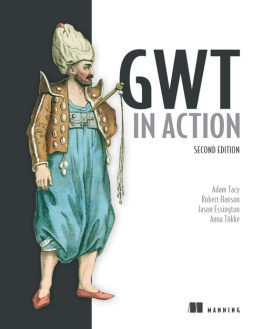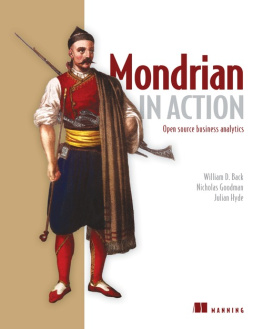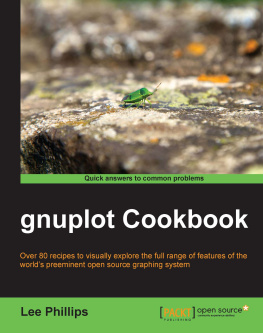Philipp K. Janert - Gnuplot in Action: Understanding Data with Graphs
Here you can read online Philipp K. Janert - Gnuplot in Action: Understanding Data with Graphs full text of the book (entire story) in english for free. Download pdf and epub, get meaning, cover and reviews about this ebook. year: 2016, publisher: Manning Publications, genre: Home and family. Description of the work, (preface) as well as reviews are available. Best literature library LitArk.com created for fans of good reading and offers a wide selection of genres:
Romance novel
Science fiction
Adventure
Detective
Science
History
Home and family
Prose
Art
Politics
Computer
Non-fiction
Religion
Business
Children
Humor
Choose a favorite category and find really read worthwhile books. Enjoy immersion in the world of imagination, feel the emotions of the characters or learn something new for yourself, make an fascinating discovery.
- Book:Gnuplot in Action: Understanding Data with Graphs
- Author:
- Publisher:Manning Publications
- Genre:
- Year:2016
- Rating:5 / 5
- Favourites:Add to favourites
- Your mark:
Gnuplot in Action: Understanding Data with Graphs: summary, description and annotation
We offer to read an annotation, description, summary or preface (depends on what the author of the book "Gnuplot in Action: Understanding Data with Graphs" wrote himself). If you haven't found the necessary information about the book — write in the comments, we will try to find it.
Summary
Gnuplot in Action, Second Edition is a major revision of this popular and authoritative guide for developers, engineers, and scientists who want to learn and use gnuplot effectively. Fully updated for gnuplot version 5, the book includes four pages of color illustrations and four bonus appendixes available in the eBook.
Purchase of the print book includes a free eBook in PDF, Kindle, and ePub formats from Manning Publications.
About the Technology
Gnuplot is an open-source graphics program that helps you analyze, interpret, and present numerical data. Available for Unix, Mac, and Windows, it is well-maintained, mature, and totally free.
About the Book
Gnuplot in Action, Second Edition is a major revision of this authoritative guide for developers, engineers, and scientists. The book starts with a tutorial introduction, followed by a systematic overview of gnuplots core features and full coverage of gnuplots advanced capabilities. Experienced readers will appreciate the discussion of gnuplot 5s features, including new plot types, improved text and color handling, and support for interactive, web-based display formats. The book concludes with chapters on graphical effects and general techniques for understanding data with graphs. It includes four pages of color illustrations. 3D graphics, false-color plots, heatmaps, and multivariate visualizations are covered in chapter-length appendixes available in the eBook.
Whats Inside
- Creating different types of graphs in detail
- Animations, scripting, batch operations
- Extensive discussion of terminals
About the Reader
No prior experience with gnuplot is required. This book concentrates on practical applications of gnuplot relevant to users of all levels.
About the Author
Philipp K. Janert, PhD, is a programmer and scientist. He is the author of several books on data analysis and applied math and has been a gnuplot power user and developer for over 20 years.
Table of Contents
- PART 1 GETTING STARTED
- Prelude: understanding data with gnuplot
- Tutorial: essential gnuplot
- The heart of the matter: the plot command PART 2 CREATING GRAPHS
- Managing data sets and files
- Practical matters: strings, loops, and history
- A catalog of styles
- Decorations: labels, arrows, and explanations
- All about axes PART 3 MASTERING TECHNICALITIES
- Color, style, and appearance
- Terminals and output formats
- Automation, scripting, and animation
- Beyond the defaults: workflow and styles PART 4 UNDERSTANDING DATA
- Basic techniques of graphical analysis
- Topics in graphical analysis
- Coda: understanding data with graphs
Philipp K. Janert: author's other books
Who wrote Gnuplot in Action: Understanding Data with Graphs? Find out the surname, the name of the author of the book and a list of all author's works by series.

